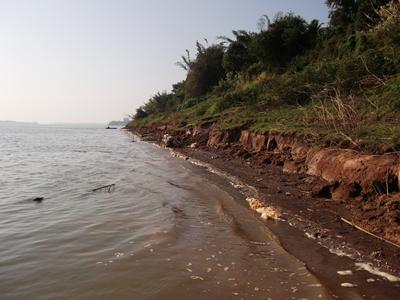Research project: Sediment Transport and Erosion in Large Alluvial Rivers – Source to Sink (STELAR-S2S)
STELAR-S2S is a three year research project funded by the UK NERC. Focused on the Mekong – one of the world’s great rivers – the STELAR team are building new insights into how morphodynamic processes interact with climate to modulate sediment transfer from source to sink.
